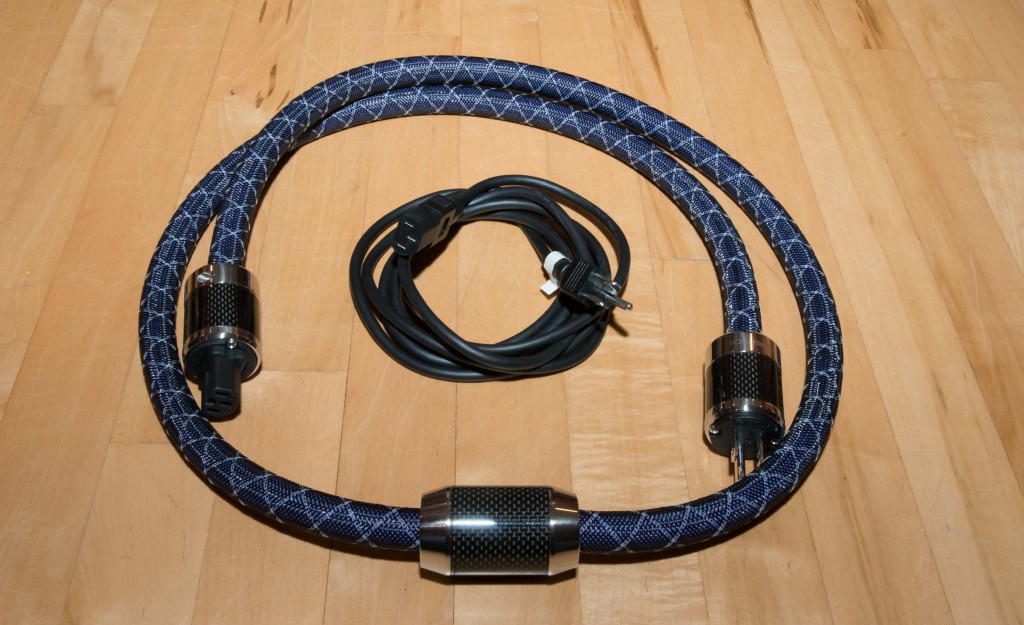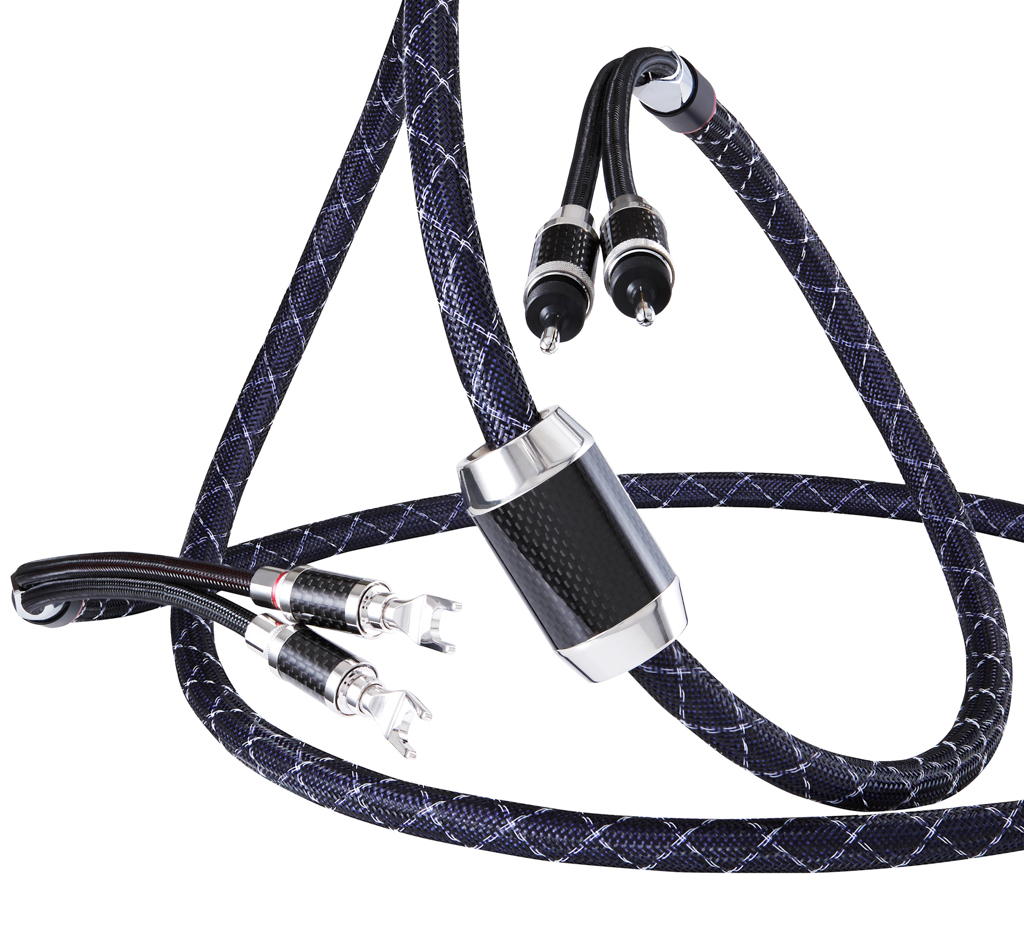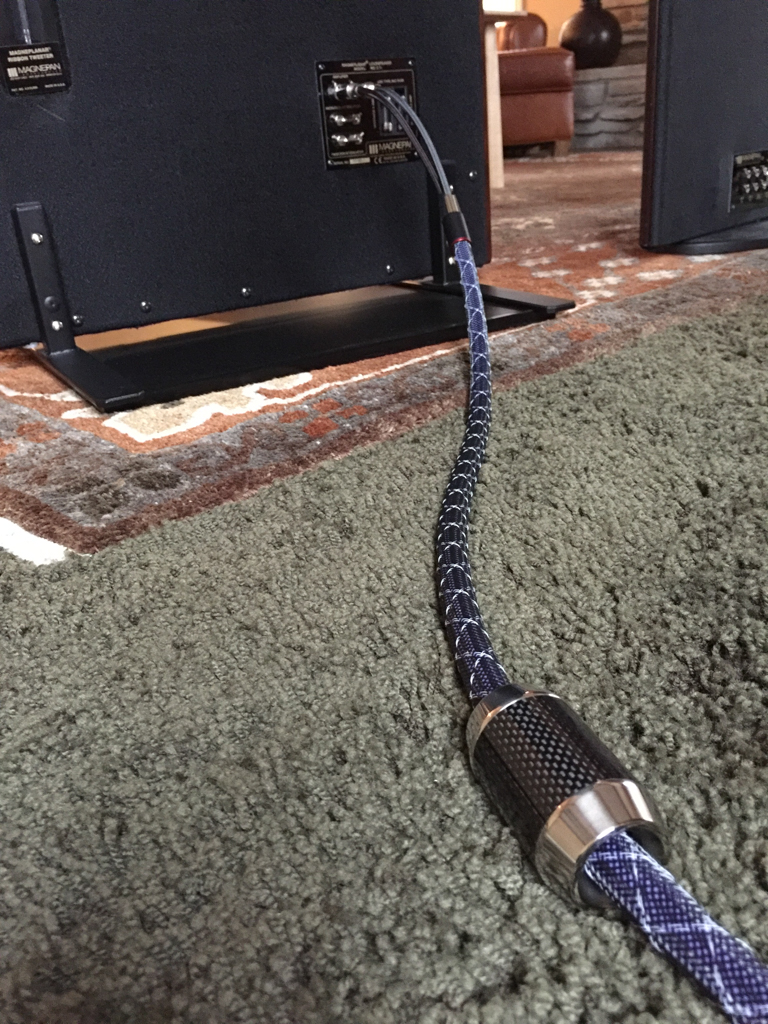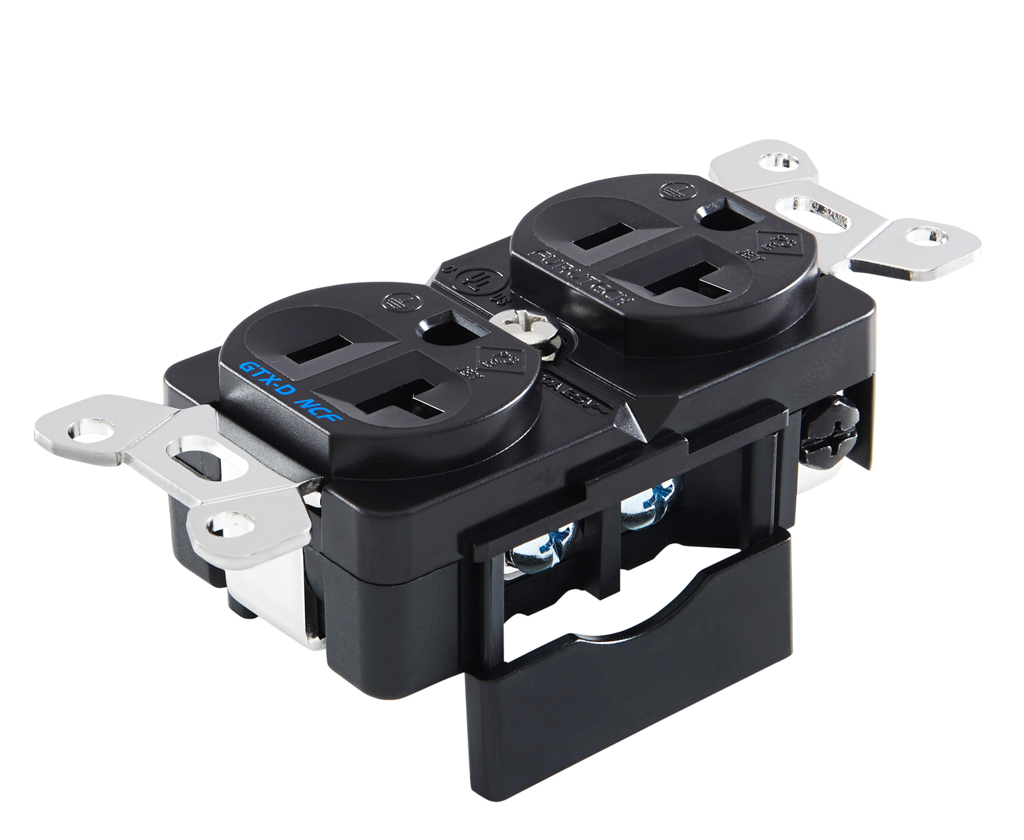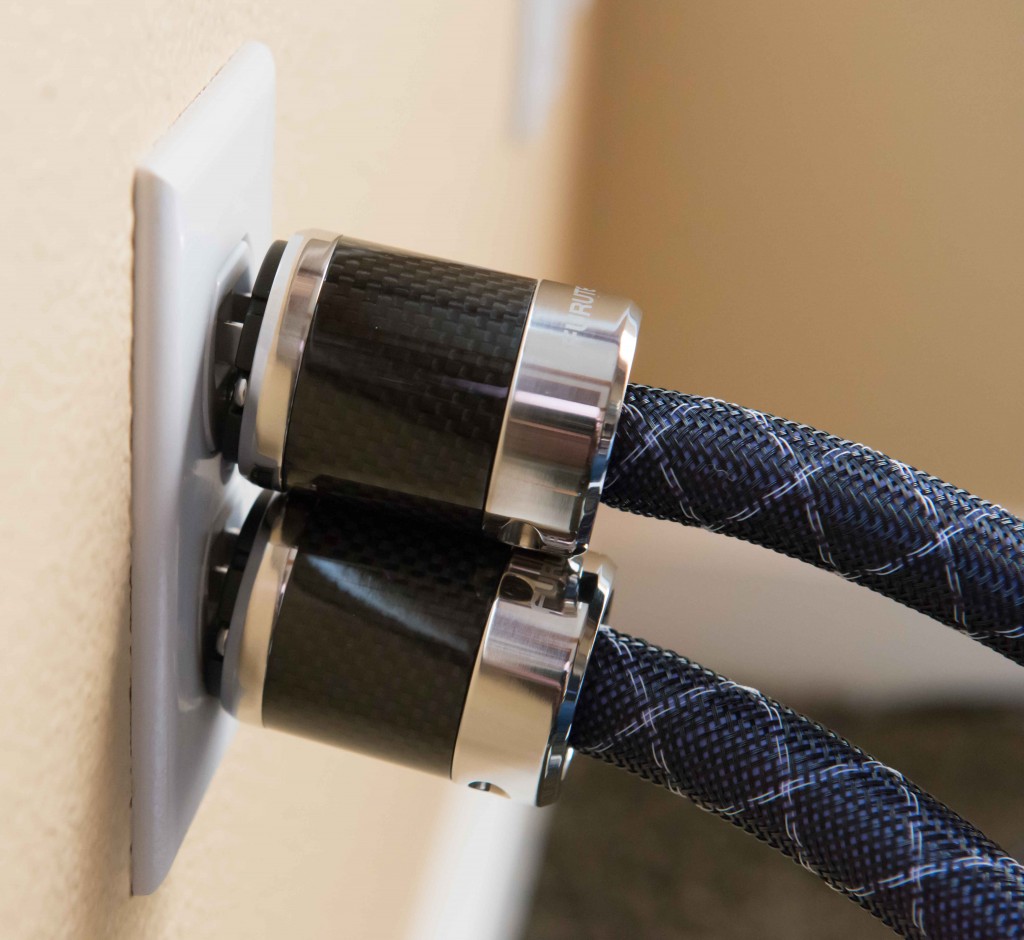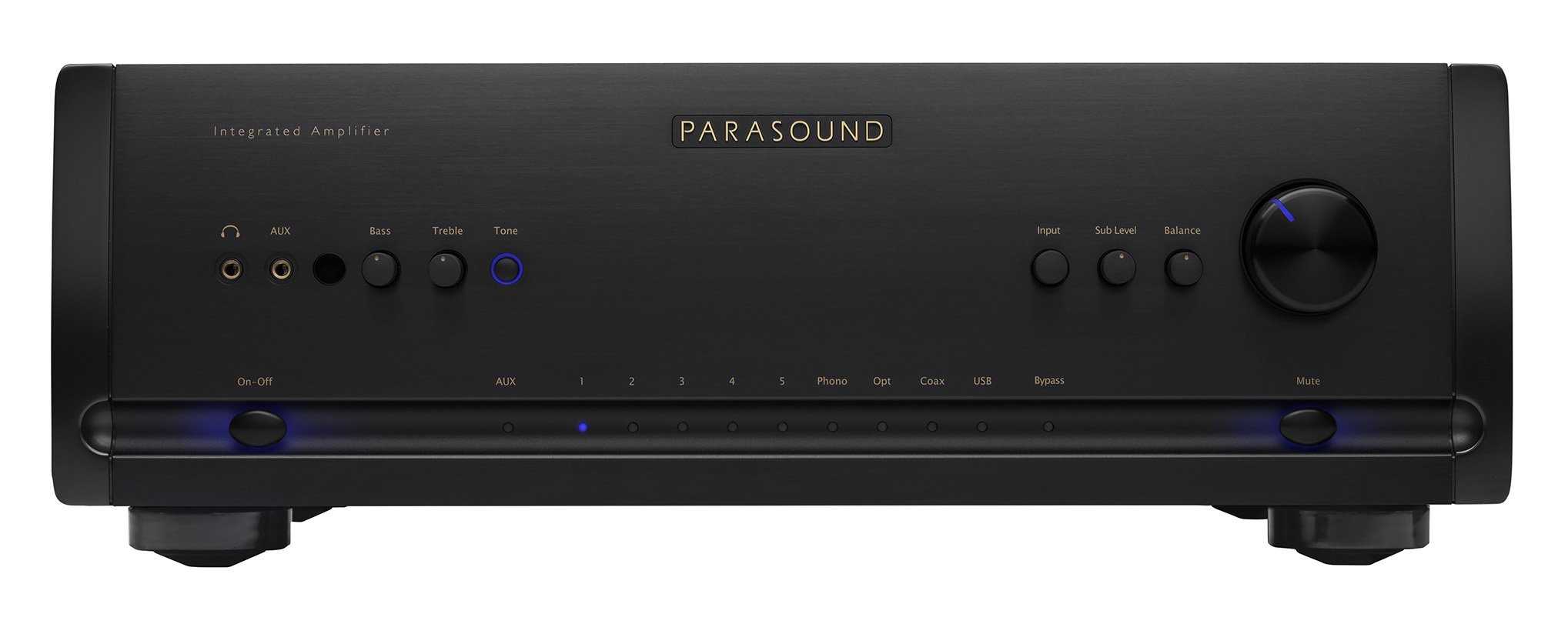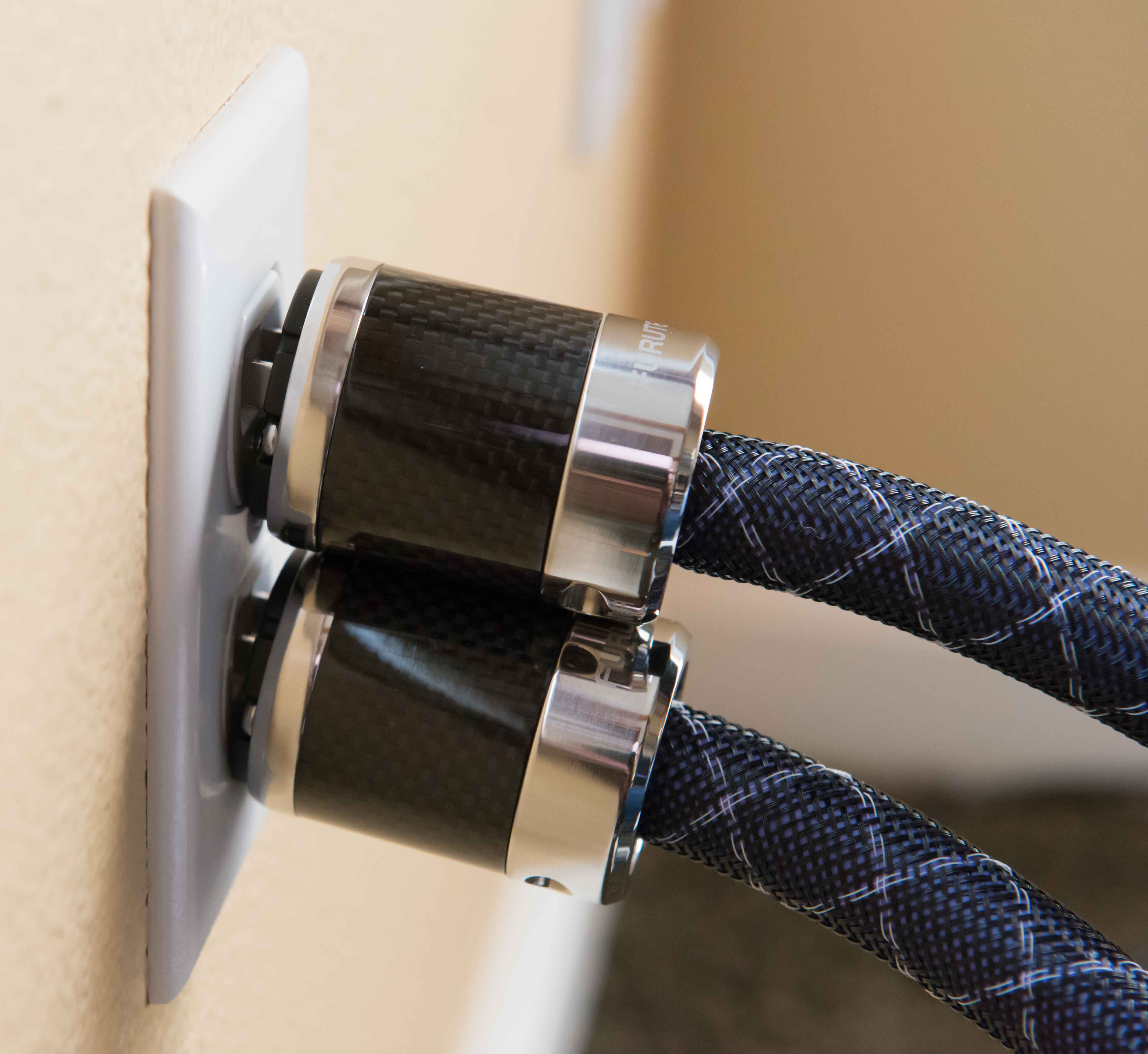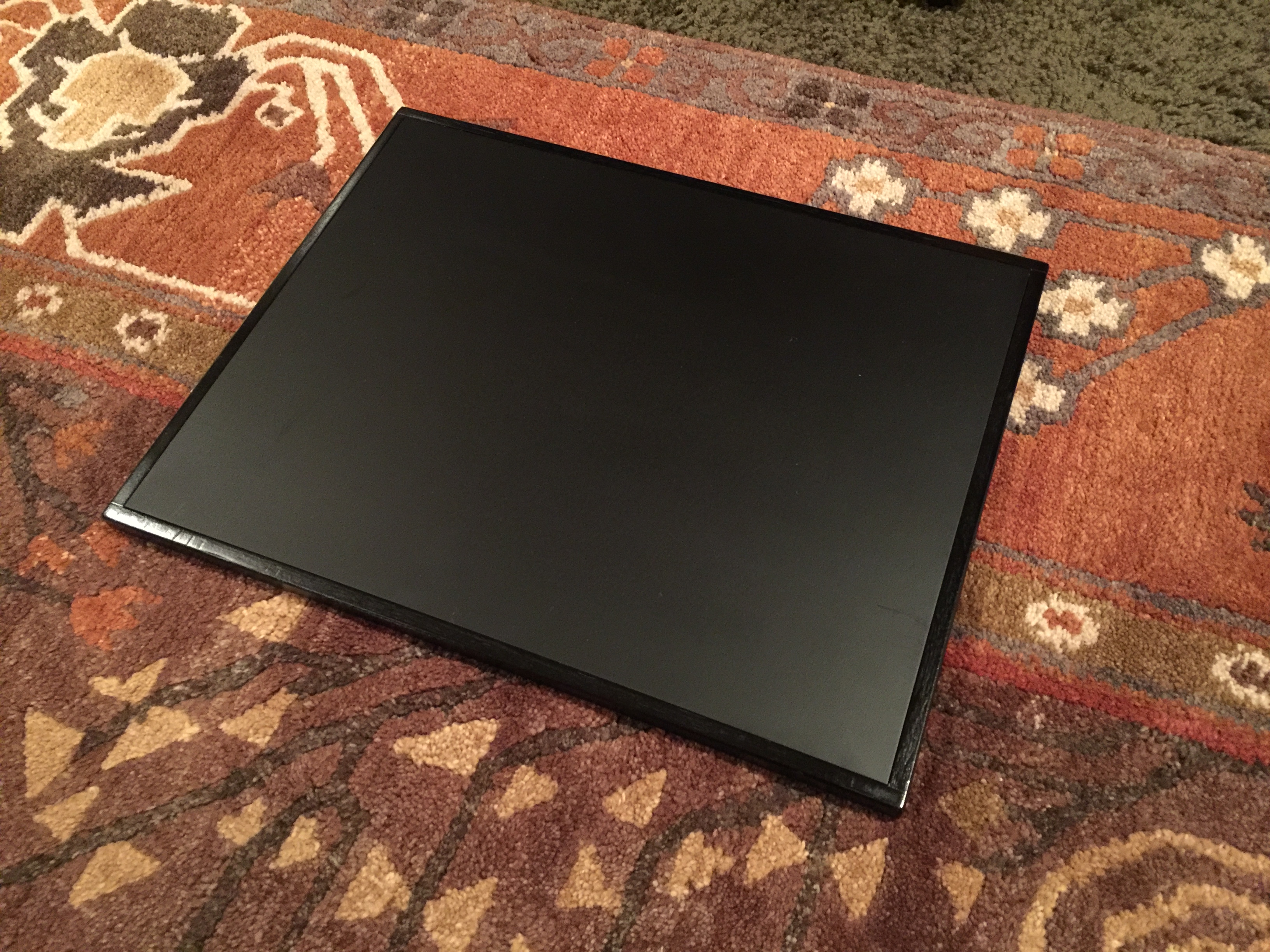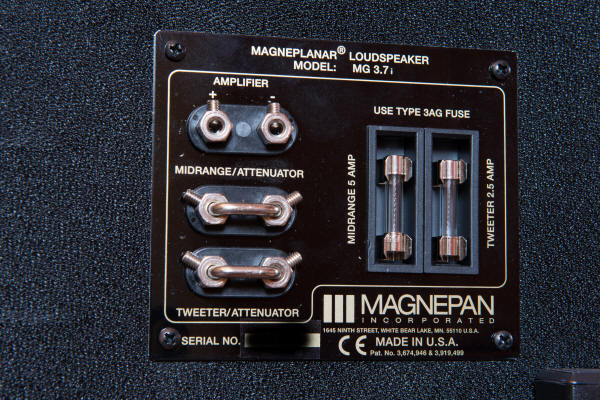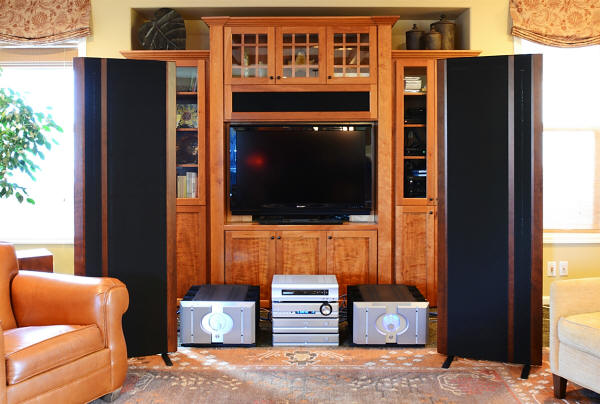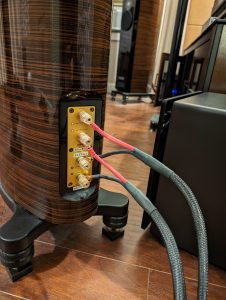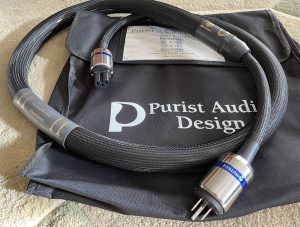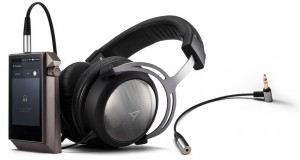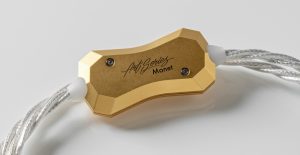As an engineer, I find it very gratifying when I review products that apply science to great success in delivering outstanding sound—a difference you can readily hear, provided the overall system can resolve high quality audio. Furutech has been in pursuit of such scientific application to sound reproduction. Their NanoFlux Speaker Cables, NanoFlux Power Cables, and GTX-DR NCF receptacles use a conformal nano-scale coating of their proprietary blend of silver and gold. A nanoparticle is a microscopic particle with at least one dimension less than 100 nm. Furutech applies their nanoparticle silver-gold coating on Ultra-Pure, Ohno Continuous Casting (OCC) conductors to smooth the conducting surface at the nanoparticle level, increasing conductivity.
I've described before how my electrical engineering education made me a cabling skeptic, and how my ears have been opened to the dramatic difference interconnects and speaker cables can have in an audiophile-quality system. Even after my complete reversal from analog signal cabling skeptic to defender, I was still skeptical about power cables making an audible difference. Well, as I described in my Adventures in Cabling review last March, the Furutech NanoFlux Power Cables did indeed improve the sound over the standard power cables that ship with equipment, providing a noticeable improvement in clarity.
Furutech Nanoflux Power Cable vs. a standard power cable
Scot Markwell, the General Manager at Elite AV Distribution and who is a U.S. distributor for Furutech, offered me a chance to hear the difference a more complete Furutech cabling solution could make in my system. Scot provided Furutech's NanoFlux Speaker Cables and GTX-D NCF(R) receptacles to go with the NanoFlux Power Cables.
The Signal Side
With the NanoFlux Power Cables already in place, I decided to first add the most obvious (and easiest to install!) piece—the speaker cables. The Furutech NanoFlux Speaker Cables are visually and structurally very high quality pieces. At my request, Furutech supplied banana terminations which come with tensioners to ensure a secure fit. The terminations are non-magnetic pure copper with rhodium plating, providing both low-resistance signal transmission and longevity to the connector. The blue braided cable housing is about 18.8mm thick and has good flexibility, though torsional rigidity is fairly high. The conductors are made from Furutech's top of the line Alpha Nano-Au-Ag OCC Pure Transmission conductors. Furutech's silver-gold nanoparticle coating provides increased conductivity for ultra-low resistance (ie. reduced signal loss due to heat conversion). The NanoFlux Speaker Cables are designed from the molecular level up to be the best speaker cables Furutech can manufacture. Great looks, great specs, but how do they sound?
Furutech NanoFlux Speaker Cable
Furutech NanoFlux Speaker Cable connected to Magnepan 3.7i
The NanoFlux Speaker Cables need some time to break-in. They sounded better after just a few hours, but I let the system play for about 50 hours before settling in for some critical listening. Once broken-in, the NanoFlux Speaker Cables sound like the thoroughbred they were designed to be. I went through a variety of content—Michael Buble, The Cars (on SACD), Melody Gardot, Beethoven, Mozart, Bob Marley, Simon and Garfunkel, Led Zeppelin—everything I played had the same result: The Furutech NanoFlux Speaker Cables provided wonderful, high resolution sound. To describe the sound in visual terms, it is like increasing the contrast and sharpness in photography: The details are clearer, better defined. The soundstage is wide and impressive, with a definite sense of air between and around the instruments. There is a clear decay to staccato notes. Bass response was also first rate—high impact with clean and clear details. These are true audiophile speaker cables—the kind that allow your associated equipment to really shine. These speaker cables are not cheap, but they deliver the goods.
The Power Side
When I reviewed Furutech's NanoFlux Power Cables last March, I noted that plugging the power cables directly into the wall outlet provided better sound than plugging them into a surge suppressor power outlet. This of course prompted the question of how far up the power supply chain can you make noticeable improvements for audio playback? I also had the minor but somewhat unsettling issue that the weight of the power cord slightly pulled the prongs out from a standard outlet, exposing about a millimeter or two of the blades. Once again Scot Markwell at Elite AV Distribution said he could not only solve the issue of the power cords slightly pulling out from the receptacle, but also improve my sound at the same time. Awesome—bring it!
A little background information may be in order at this point. Residential grade receptacles sell for about $0.84 each at Home Depot. Obviously, low cost and reliability are the driving factors for these high volume receptacles, but such design objectives preclude using the most conductive materials, such as pure copper (or silver, which is a slightly better but much more expensive conductor). Pure copper is too malleable for reliable connectivity after repeated insertion/removal of plugs. Typical low cost receptacles use stronger/less malleable alloy metals to provide adequate clamping of plug blades over the life of the receptacle. Unfortunately, such alloys are not as conductive as the copper wires feeding the receptacle nor the copper wires in a connected power cord. This creates an impedance mismatch, or resistance, in the receptacle, so high current appliances/amplifiers can cause receptacles to get hot as the electrical energy flowing through it is converted to heat. Ideally you would wire directly to your equipment rather than have a receptacle, but that is hardly convenient. The alternative? Create a high-quality, high-conductivity receptacle that does not impede current.
Scot sent me Furutech's GTX-D NCF(R) duplex receptacle to replace my standard builder-grade outlet. The GTX-D NCF(R) receptacle uses pure copper with rhodium plating and a stainless steel conductor spring system to combine high conductivity with high spring strength and clamping longevity. In addition, this receptacle incorporates Furutech's high-end Nano Crystal Formula (NCF). Furutech states that NCF eliminates static by generating negative ions, converts thermal energy into far-infrared, and provides Piezo Effect damping properties. Sounds impressive, but does it make an audible difference? After turning off the breaker and wiring in the new receptacle, I was ready to see what kind of difference an outlet can make to the sound of my system.
Furutech GTX-D NCF receptacle
First, the clamping system does indeed securely hold the hefty Furutech power cables—no more exposed 120V conductors! That is an improvement unto itself, but the real value for the GTX-D NCF(R) is the sound! The Furutech receptacle provided an immediate and noticeable sonic improvement. It can be difficult to convey in words how something sounds—often there is a nuanced change in sonic character: a little 'brighter' sound, a little wider soundstage, etc. The GTX-D NCF(R) difference was overall clarity—like removing a thin veil between myself and the sound. It provided better definition of every sound, every instrument, every vocalist. If you have ever done the 'zip cord' vs audiophile interconnect or speaker cable comparison, you know the character of the effect. As might be expected, bass response was perhaps the greatest beneficiary of the GTX-D NCF(R) receptacle. The bass response was very well defined, which requires instantaneous high current response to feed my Magnepan 3.7i main speakers and two DTR panels. I highly recommend the Furutech GTX-D NCF(R) receptacle for audiophile systems—one of the best bang-for-the-buck improvements I have encountered!
Furutech NanoFlux Power Cables in standard receptacle
Furutech NanoFlux Power Cables in Furutech GTX-D NCF receptacle
It always amazes me how I get used to the sound of the equipment in my system, and just when I think it sounds pretty awesome, making a simple and relatively inexpensive change like swapping out the receptacle makes an immediate improvement to the sound. Why didn't I know about this sooner? All those hours I could have benefited from just upgrading my receptacle!
The combination of Furutech GTX-D NCF(R) receptacle, NanoFlux Power Cables, and NanoFlux Speaker Cables all added their individual improvements to take my system to the next level. I entered the high-end audio world many years ago focusing on the speakers, the amplifier, the source, the preamp, for how a system sounds. Fortunately, I have learned quite clearly about the importance of high quality cabling (and now even receptacles!). Furutech has built a reputation on engineering high fidelity cables, connectors, and receptacles that deliver sonic benefits. I am very happy to report that their current top of the line NanoFlux Speaker Cables, Power Cables, and GTX-D NCF(R) receptacles continue that proud tradition of making a noticeable improvement at each stage of the game.
Furutech NanoFlux Power Cables, 1.8m
Retail: $4395 each
Furutech NanoFlux Speaker Cables, 2.5M set with premium Carbon Fiber-finished spades or bananas
Retail: $7600
Furutech GTX-DR NCF Receptacle
Retail: $280
U.S. Distributor
Elite Audio Video Distribution
PO Box 93896
Los Angeles, CA 90093 USA
323.466.9694 x22
Scot Markwell
Associated Equipment
Parasound Halo Integrated Amplifier
Oppo BDP-105 Universal Optical Player
exaSound e28 DSD DAC
Macbook Pro
Magnepan 3.7i speakers
Magnepan DWM bass panel (x2)




